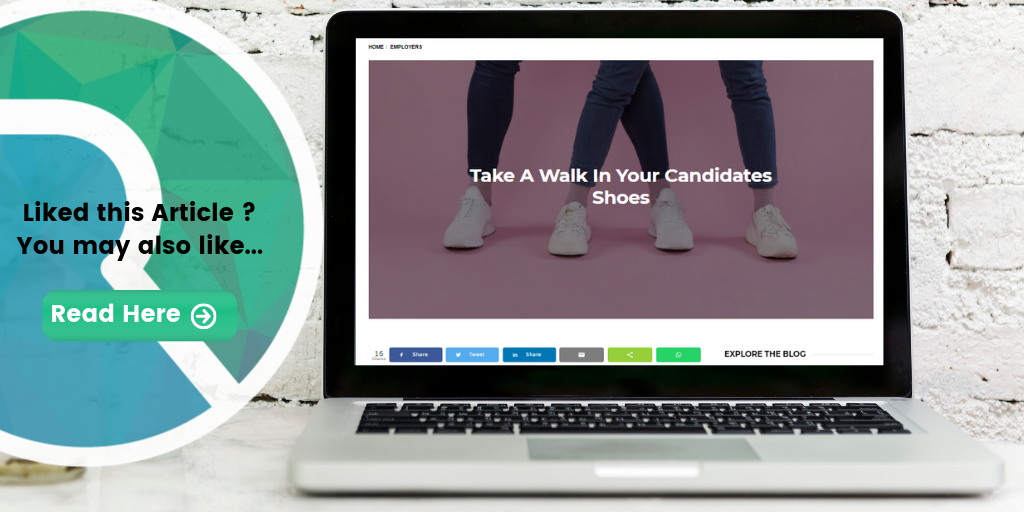Why aren’t people apply for my jobs? This is a question many of us ask ourselves. The answer: your job descriptions!
Many still believe that traditional text-laden job descriptions are the right way to advertise our roles. Still, many of us leave out important elements of those roles or still write in a biased context. There are many reasons why a candidate overlooks your roles compared to other companies.
Let’s take a look at where you could be going wrong and how you can get out a job description that attracts rather than repeals.
Bias in your Job Descriptions
Stereotyping and Gender
A crucial step in ensuring inclusive hiring practices is being aware that stereotypes play a role in inequity. For example, not all women are nurses – they can be engineers and a foreperson working on a construction site it is crucial to keep this in mind when writing job descriptions and not to write the advert using language directed towards a certain stereotype.
Another thing to be careful of is gendered title jobs. We still see jobs advertised as salesman, foreman and even midwife these should all be replaced with ‘person’ to make your job advert more gender friendly and appealing to both male & female.
Adjectives matter
A study published in the Journal of Personality and Social Psychology found job ads in male-dominated fields, such as software programming, tended to use masculine-themed words such as ‘lead’, ‘compete’ and ‘dominate’ at a much higher rate than job ads in female-dominated fields.
Importantly, the inclusion of such words meant that those job listings were less appealing to women.
Using gendered adjectives in your advertisements can inadvertently signal to particular people that they would not be a good fit within your organisation.
Examples of masculine words include:
- ‘independent’
- ‘lead’
- ‘competitive’
- ‘assertive’
- ‘determined’
- ‘analytical’
Examples of feminine words include:
- ‘responsible’
- ‘connect’
- ‘dedicated’
- ‘support’
- ‘sociable’
- ‘conscientious’
This site is a quick way to check whether a job advert has the kind of subtle linguistic gender-coding that has this discouraging effect. By implementing these changes it will give you the chance to build a better talent pool.
The Job Description – What You Should Include
Job Title & Summary:
Develop a job title for the position you’re looking to fill — the title and level (assistant, senior, lead, Director) should accurately reflect the work that the employee will perform. Be sure to select a job title that reflects your industry’s standards and organization’s culture. Once you’ve defined the position, write a brief description of the purpose of the position and an overview of the position’s main responsibilities. This summary should be short and to the point — one to three sentences should be adequate.
Key Responsibilities:
Here you should list all of the required functions of the position. Normally, this includes 5-10 responsibilities. Start each responsibility with an action verb for example “research social media trends” or “conduct a market research report”. Be clear about how often a task will be carried out or how much time will be spent on each task. This helps candidates establish an idea of what a typical day may look like for them.
Skills & Qualifications:
This is an important one. A lot of people tend to miss out on what skill or qualification is mandatory or preferred. Qualifications should include a list of skills, years of experience in the field they are applying for, certificates/awards and education level. Be very specific with this one so that no time is wasted for either party.
Location:
Include details on where the position is located. If travel is necessary, note what percentage of time the employee will spend traveling and where he or she will be traveling.
Salary Range & Benefits:
If your company is open to disclosing the position’s salary range and benefits (holiday, medical and dental insurance, etc. ), include those details within the job description.





